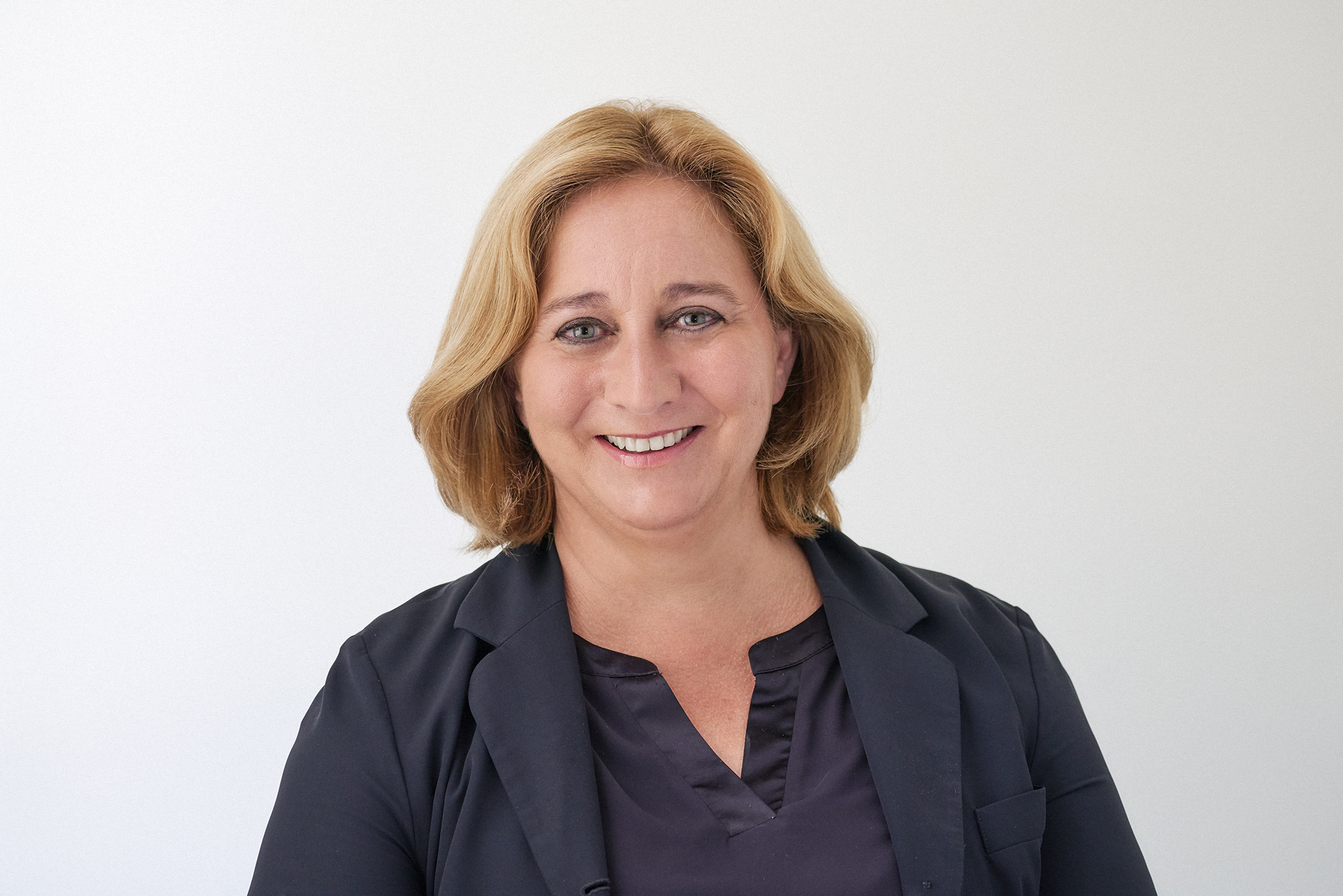International Women’s Day: Closing research gaps in gender medicine
Women are still underrepresented in medical research and face structural challenges in the healthcare system.
In the past, research was mostly male-dominated – even today, medicine is still not individualized enough in many areas. The Ludwig Boltzmann Institute for Digital Health and Patient Safety (LBI DHPS) is working to close these research gaps. On the occasion of International Women’s Day, the Ludwig Boltzmann Gesellschaft (LBG) is emphasizing the need for action in this area.
Gender medicine is an emerging field within medical research that investigates the differences between the sexes in terms of disease prevention, diagnosis and treatment. “While earlier research focused mainly on men, this is now changing in the field of gender medicine – but only slowly,” says Institute Director of the LBI DHPS Dr. Maria Kletecka-Pulker. For example, cardiovascular diseases such as heart attacks in women are often not recognized and treated in time, which can lead to serious consequences such as heart failure or even death. It is also known today that drugs sometimes work differently for women or have to be administered in different doses.
However, gender medicine is not only researching anatomical differences and their effects. The Ludwig Boltzmann Institute for Digital Health and Patient Safety is investigating the entire treatment process and researching gender-specific differences.
The first patient contact: Telemedicine on the rise
The LBI DHPS deals with the topic of telemedicine, among other things. In Austria, interpreters in particular give people with other native languages a voice during treatment. The “Barrier-free communication in healthcare” project developed by the institute for video interpreting enables predominantly women to receive quick, location-independent diagnoses without translation errors. A breakthrough in telemedicine that made interpreters one of the first professions in the medical field to be transformed and digitized during the COVID-19 pandemic.
But here, too, there is a need to catch up. Although the majority of healthcare professions are carried out by women, telemedicine technology research is predominantly male. “That’s why it’s important that research in these areas is carried out by people who always consider the human factor and the gender aspect in the application of this technology,” says Maria Kletecka-Pulker.
Die Gendermedizin erforscht aber nicht nur anatomische Unterschiede und deren Auswirkungen. Das Ludwig Boltzmann Institut für Digital Health and Patient Safety untersucht den gesamten Behandlungsablauf und erforscht dabei genderspezifische Unterschiede.
Treatment errors are mostly female
Medicine is still not individualized enough in many areas and this leads to problems: “Initial studies have shown that it is predominantly women who complain to the patient advocate’s office or arbitration boards about alleged treatment errors,” explains the institute director. “At first glance, it is not obvious where this big difference comes from. We are currently working on this to get to the bottom of it.”
As there is no central register for treatment errors, a summary of several facts and figures is required. What is striking in previous studies is that there is a gender-specific difference in the number of inquiries made to care and patient advocates. The LBI DHPS has now begun to collect as many meaningful figures as possible. In Vienna alone, around 60 percent of those reporting in 2016 were women. This can be due to various reasons: possible explanations include a higher incidence of treatment errors or socialization as a woman.
The Ludwig Boltzmann Institute is also taking a close look at nursing care, as blind spots in the healthcare sector also affect women in these professions. The double burden of family and work can lead to treatment errors. At the LBI DHPS, researchers are trying to find out where which errors occur and why: “We never look for culprits. Our aim is to ensure the safety of patients. However, this only works if employees can also work safely and the appropriate organizational and legal framework conditions are in place. That’s why we are also calling for more supervision in healthcare professions,” says Maria Kletecka-Pulker.
Patient safety is (also) a women’s issue
The denial of the right to self-determination in medicine also affects women disproportionately often. Due to the higher average life expectancy, the majority of clients in nursing homes are women. Due to a lack of legal precautions, patients are regularly transferred to hospital, although they do not always want to be. Those affected are usually not sufficiently involved in decisions. Here, too, there is a massive need to catch up. “Why we are still transferring people in certain situations in 2024 and not their data is incomprehensible,” concludes the Institute Director.
